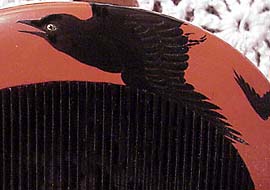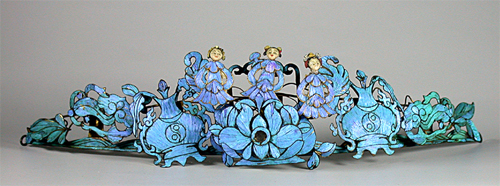On November 1, 1932, Coco Chanel exhibited her first fine jewelry collection in her “private rooms” at 29 Rue du Faubourg-St.-Honoré, Paris.
She wrote…
“I want jewelry to be like a ribbon around women’s fingers. I started creating costume jewelry because it was refreshingly free of arrogance, during a period that tended towards ostentatious displays of luxury. This consideration faded into the background during the economic recession, when, in every sphere of life, there emerged an instinctive desire for authenticity, and amusing trinkets were once again put in their proper perspective.
“If I have chosen diamonds, it is because they represent the greatest value in the smallest volume. And my love of things that glitter has inspired me to try and combine elegance and fashion through the medium of jewelry.” Paris, 1932
One of her revolutionary ideas was an irregularly shaped star. Not only did she feature it in her famous comet necklace, she put a star on a diadem.

A feathered brooch was also used as a hair ornament.

However, Coco had the worked hands of a great artist. Rodin or Camille Claudel could not have sculpted more beautiful hands.




























